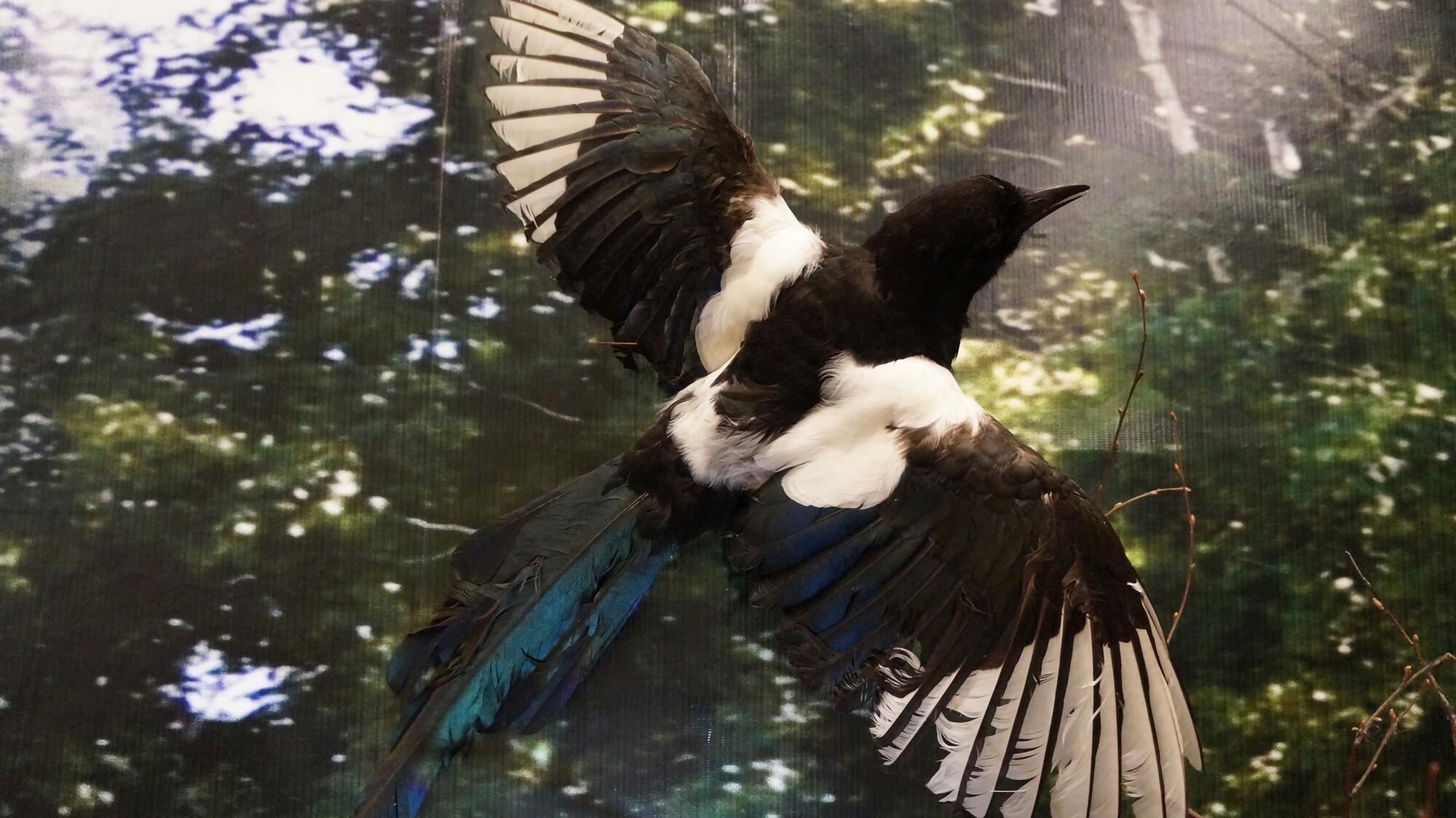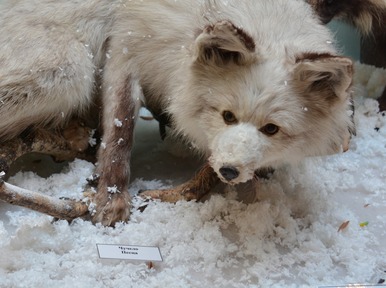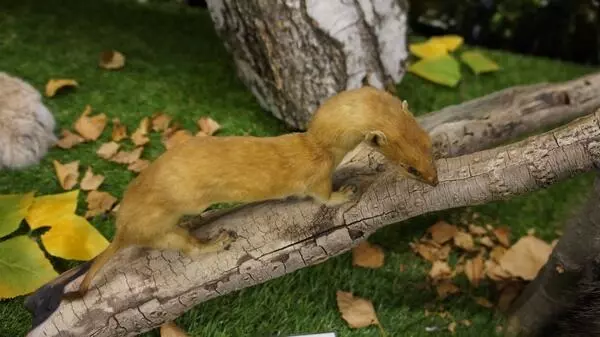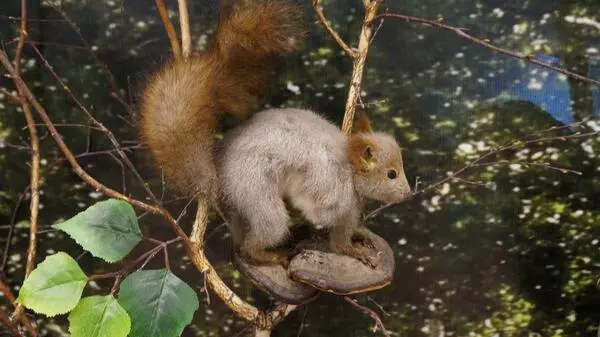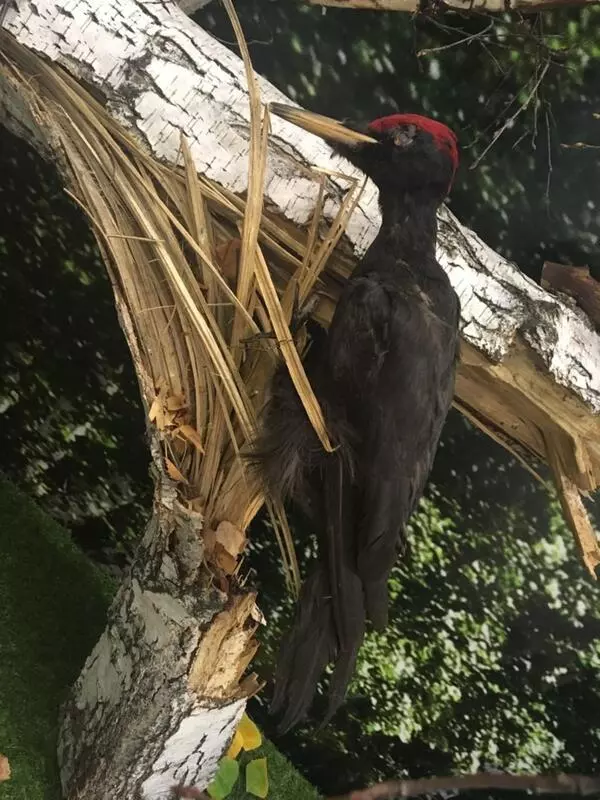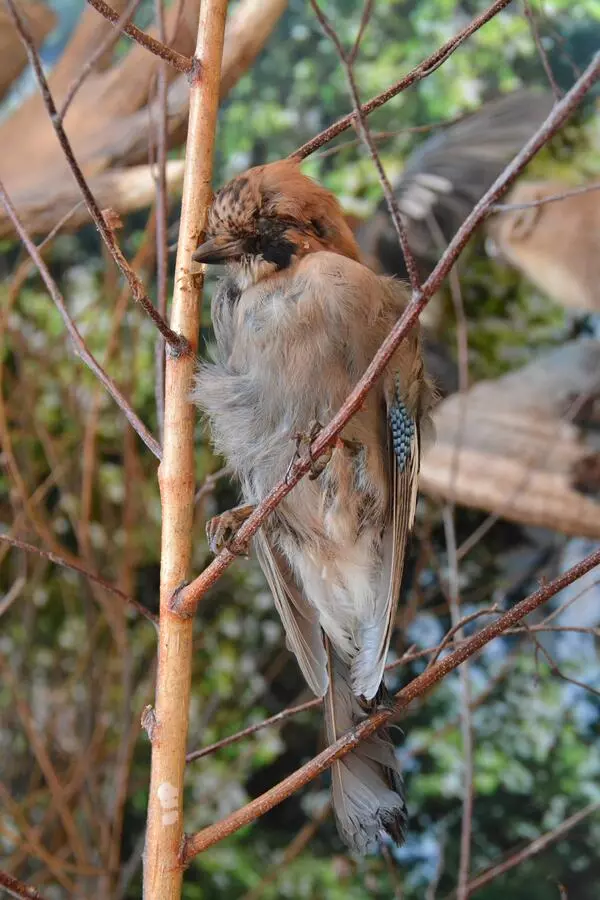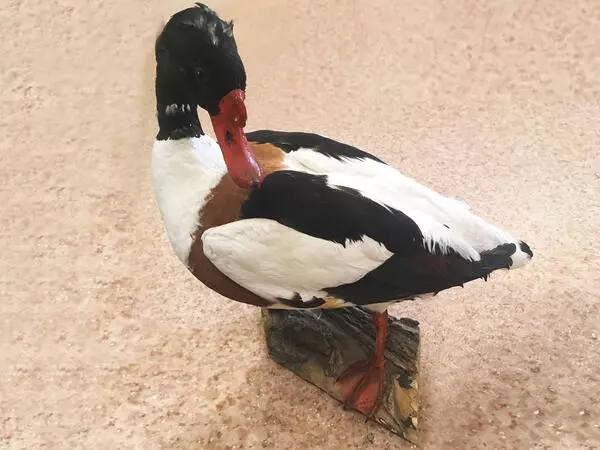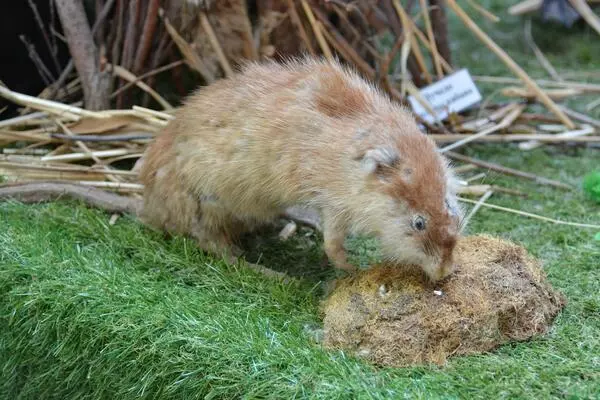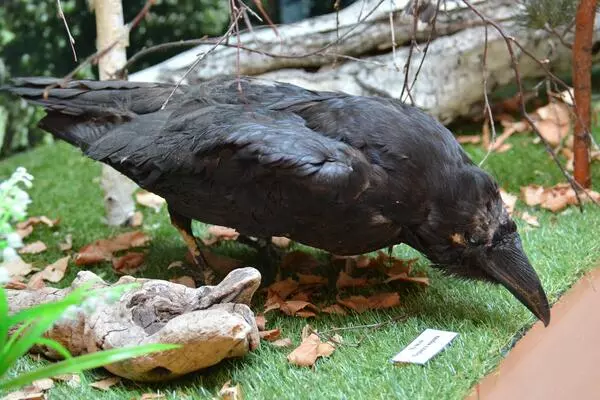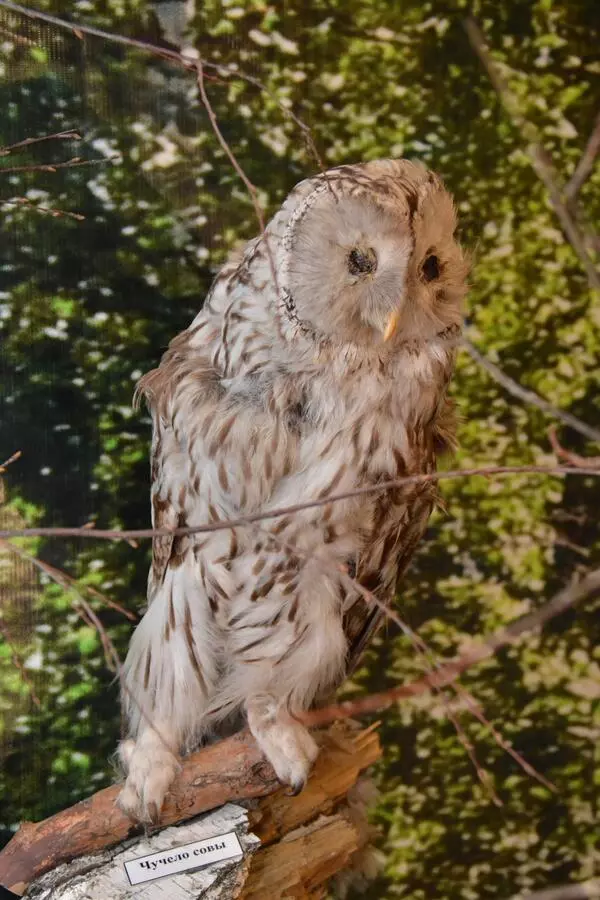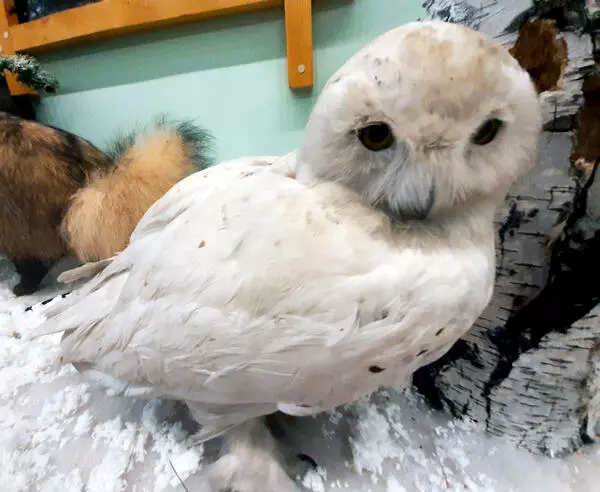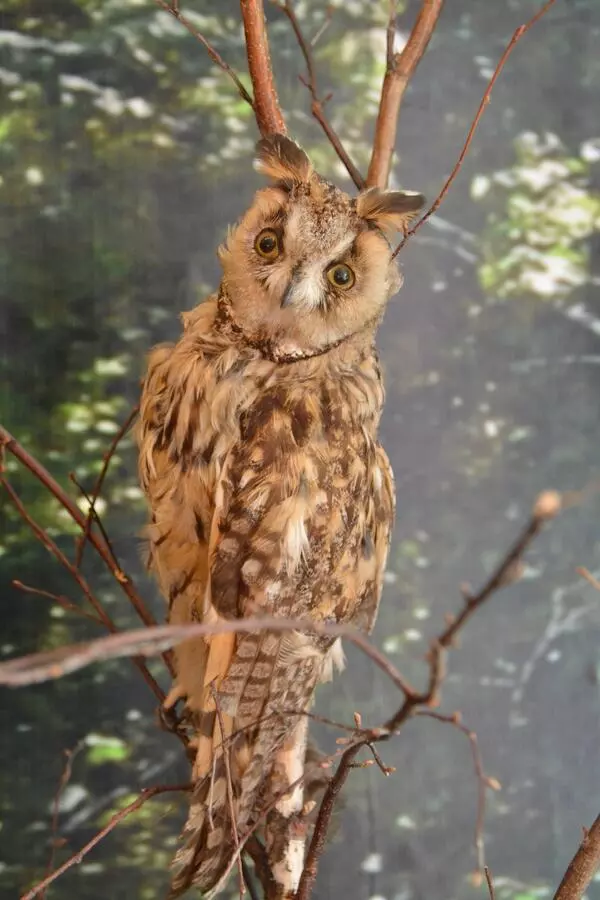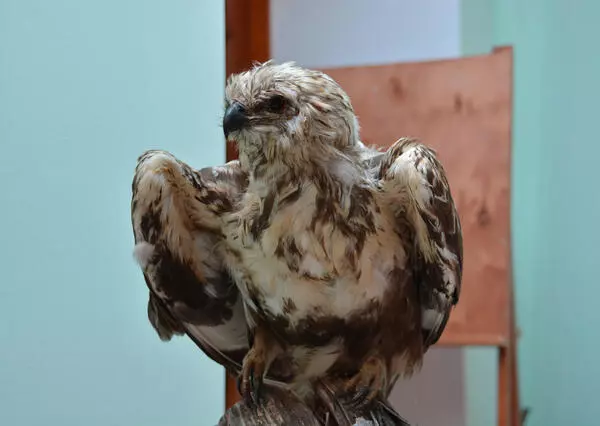The common magpie is a crow bird with bright plumage. Its head, neck, chest, back, and long tail are black, while the belly, shoulders, and tips of the wings are white. Close up, the tail feathers and outer side of the quills flash with metallic green, blue, or purple shades depending on the light. There is no difference in the appearance of male and female magpies, except that males weigh a little more, 230 grams on average. The body can measure up to 51 centimeters with a wingspan reaching about 60 centimeters. When grounded, the magpie moves mostly in jumps but can walk. Its gait is typical for the crow family. The bird moves smoothly in tree branches.
The common magpie is a sedentary bird. It inhabits small woodlands, parks, gardens, groves, and small woods. It often lives near human residences. The common magpie forms permanent pairs. The bird chooses a mate in the first year of life. The pair makes a nest and starts breeding when they are about three years old. Magpies can often be seen in flocks of two to five birds flying from one tree to another and chattering. Most frequently, the flock consists of an adult pair and their juveniles. Pair are fearless warding off other magpies. The worried chatter of magpies discovering a hunter in the forest is a sigh for both other birds and wolves, bears, and other animals.
The common magpie is an omnivore. It eats both plant and animal food, including carrion. The magpie often destroys nests of other birds to eat eggs and younglings and steal bones from dogs. The bird is also daring enough to steal food from people. Farmers are not particularly fond of the bird because it eats seeds in the fields.
The magpie is one of the most intelligent birds. Researchers discovered magpies have elaborate social rituals, which may include expressing grief. Besides, the magpie is the only bird that recognizes itself in the mirror as far as we know.
The magpie’s image in culture—both Russian and European—is not a positive one. Its thievish manner produced Russian idiom “to steal like a magpie, ” while the bird”s constant talking and chattering are used in the famous comparison “to be as garrulous as a magpie.”
The common magpie is a sedentary bird. It inhabits small woodlands, parks, gardens, groves, and small woods. It often lives near human residences. The common magpie forms permanent pairs. The bird chooses a mate in the first year of life. The pair makes a nest and starts breeding when they are about three years old. Magpies can often be seen in flocks of two to five birds flying from one tree to another and chattering. Most frequently, the flock consists of an adult pair and their juveniles. Pair are fearless warding off other magpies. The worried chatter of magpies discovering a hunter in the forest is a sigh for both other birds and wolves, bears, and other animals.
The common magpie is an omnivore. It eats both plant and animal food, including carrion. The magpie often destroys nests of other birds to eat eggs and younglings and steal bones from dogs. The bird is also daring enough to steal food from people. Farmers are not particularly fond of the bird because it eats seeds in the fields.
The magpie is one of the most intelligent birds. Researchers discovered magpies have elaborate social rituals, which may include expressing grief. Besides, the magpie is the only bird that recognizes itself in the mirror as far as we know.
The magpie’s image in culture—both Russian and European—is not a positive one. Its thievish manner produced Russian idiom “to steal like a magpie, ” while the bird”s constant talking and chattering are used in the famous comparison “to be as garrulous as a magpie.”
